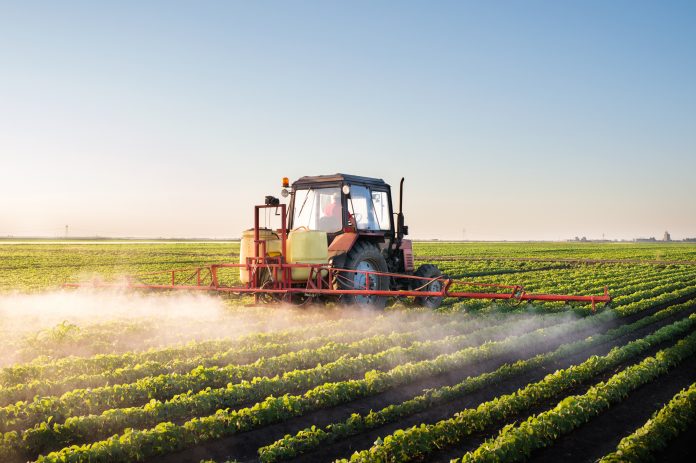A recent international study by the University of Michigan has discovered that fruits and vegetables grown in urban farms and gardens carry a carbon footprint six times more than conventional produce
Urban agriculture
While urban agriculture is gaining popularity worldwide for its social and nutritional benefits, the study highlights its environmental challenges.
Published in the journal Nature Cities, the research utilised data from 73 urban farms and gardens across five countries, making it the most extensive study to date comparing the carbon footprints of urban and conventional agriculture.
The findings suggest that the carbon intensity of urban agriculture can be mitigated under certain conditions.
Growing in open-air urban plots
Tomatoes grown in open-air urban plots exhibited a lower carbon intensity than those cultivated in conventional greenhouses.
The emissions gap between conventional and urban agriculture disappeared for air-freighted crops like asparagus. These exceptions indicate that strategic cultivation choices and management changes can play a role in reducing the climate impacts of urban agriculture.
The climate impact of urban agriculture
Jason Hawes, a doctoral student at U-M’s School for Environment and Sustainability and co-lead author of the study, emphasised the need for urban agriculture practitioners to focus on crops that are typically greenhouse-grown or air-freighted. He noted, “Urban agriculture offers a variety of social, nutritional, and place-based environmental benefits, which make it an appealing feature of future sustainable cities. This work shines light on ways to ensure that urban agriculture benefits the climate, as well as the people and places it serves.”
The study categorised urban agriculture sites into three types: urban farms, individual gardens, and collective gardens. It calculated the greenhouse gas emissions associated with on-farm materials and activities over the lifetime of each site, comparing them to conventionally grown produce.
On average, food produced through urban agriculture emitted 0.42 kilograms of carbon dioxide equivalents per serving, six times higher than conventionally grown produce at 0.07 kg CO2e per serving.
Benjamin Goldstein, assistant professor at U-M’s School for Environment and Sustainability and co-lead author, highlighted that most climate impacts in urban farms stem from the materials used in their construction.
“These farms typically only operate for a few years or a decade, so the greenhouse gases used to produce those materials are not used effectively. Conventional agriculture, on the other hand, is very efficient and hard to compete with,” he explained.
Making urban farming better for the environment
The study identified three key practices to make low-tech urban agriculture more carbon-competitive with conventional methods:
- Extend Infrastructure Lifetimes: Prolong the lifespan of urban agriculture materials and structures, such as raised beds, composting infrastructure, and sheds. Infrastructure used for longer periods significantly reduces environmental impact per serving of food.
- Use Urban Wastes as Inputs: Implement “urban symbiosis” by repurposing used materials for urban agriculture, such as construction debris and demolition waste. This includes composting and using rainwater or recycled grey water for irrigation.
- Generate High Levels of Social Benefits: While not directly reducing carbon footprint, maximising social benefits, including improved mental health, diet, and social networks, can enhance the overall sustainability of urban agriculture.
The study’s co-authors from various international institutions stress the importance of a holistic approach to urban agriculture, considering its carbon footprint and the broader social and environmental benefits it can offer.














